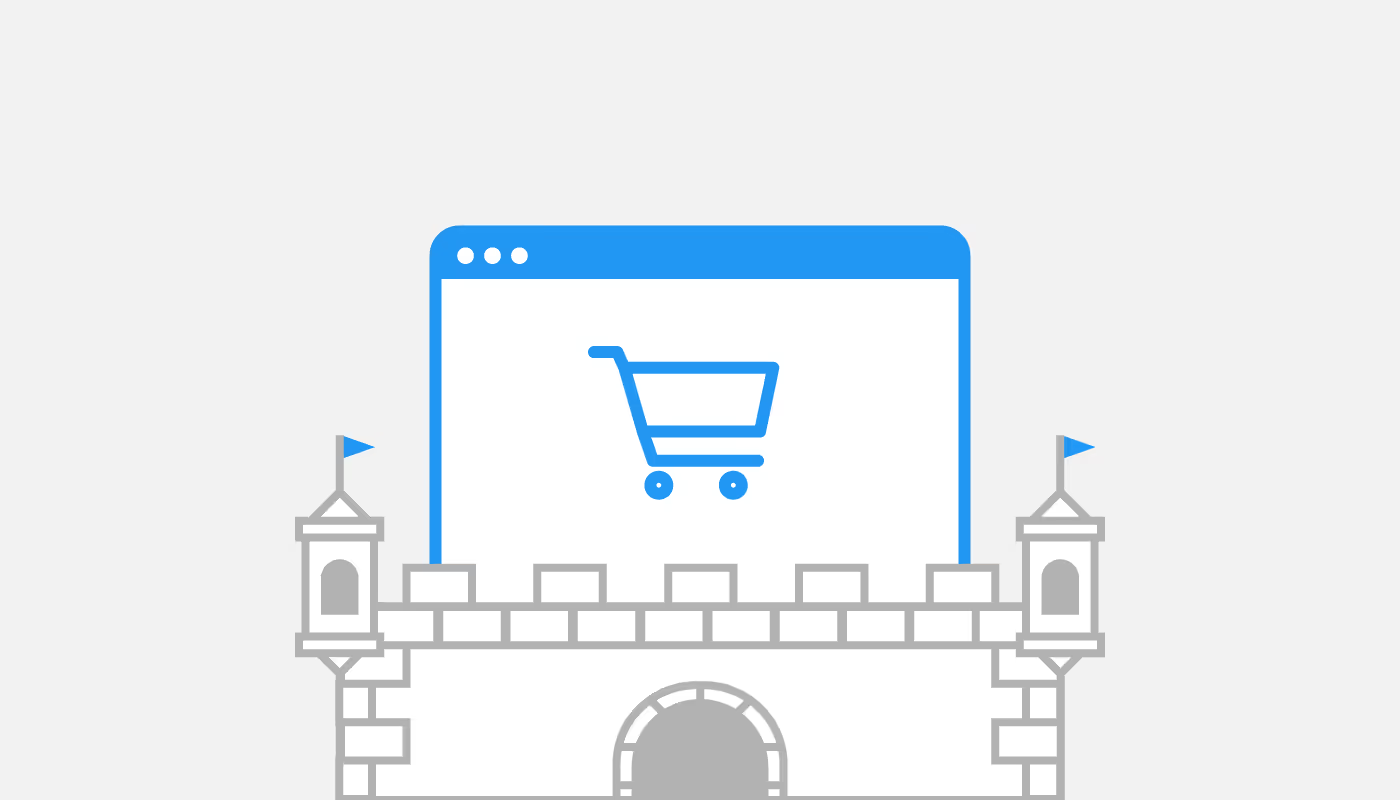Find out about the latest about PCI DSS v4.0.1 requirement 6.4.2, which mandates that ecommerce merchants implement a Web Application Firewall (WAF) or equivalent security measures to protect their online payment environments.

This post contains the text from the document: PCI DSS 4.0.1: What You Need to Know About Req 6.4.2 Implementing a Web Application Firewall. Download the PDF.
A web application firewall (WAF) is a security solution designed to protect web applications by filtering, monitoring, and blocking malicious HTTP/S traffic before it reaches the website. Unlike traditional firewalls that safeguard network traffic, WAFs focus on application-level threats, shielding websites from cyberattacks such as SQL injection, cross-site scripting (XSS), Cross-site Forgery Request (CSFR), and distributed deni-al-of-service (DDoS) attacks.
WAFs operate by analyzing web traffic in real time, enforcing security policies to block harmful requests while allowing legitimate users uninterrupted access. They are crucial in protecting sensitive data and ensuring the integrity of ecommerce platforms.
A traditional firewall is primarily designed to control access to and from a network by filtering traffic based on IP addresses, ports, and protocols. It works at the network or transport layer of the OSI model and prevents unauthorized users from accessing private networks. While effective in blocking unauthorized access, a traditional firewall does not inspect or filter application-layer attacks that can target web applications.
A WAF, on the other hand, operates at the application layer and is specifically designed to detect and mitigate threats targeting web applications. It protects against injection attacks, cross-site scripting (XSS), session hijacking, and other vulnerabilities that traditional firewalls cannot address. While both are important for cybersecurity, they serve distinct purposes, and for ecommerce businesses, a WAF is essential for securing web-based transactions and protecting customer data.
PCI DSS Requirement 6.4.2 mandates that ecommerce merchants implement a Web Application Firewall (WAF) or equivalent security measures to protect their online payment environments. The goal of this requirement is to mitigate risks associated with application-level attacks, unauthorized modifications, and data breaches that could expose cardholder information.
Failing to comply with PCI DSS 6.4.2 can lead to non-compliance penalties, increased fraud risks, and potential loss of the ability to process credit card transactions. Implementing a properly configured WAF is a crucial step in ensuring compliance and securing ecommerce websites from evolving threats.
While a WAF is a critical defense mechanism, it should not be the sole security measure for an ecommerce platform. A comprehensive security strategy includes:
By implementing a WAF alongside these advanced security services, ecommerce merchants can significantly reduce their risk of cyberattacks, meet PCI compliance regulations, and ensure a secure shopping experience for their customers.